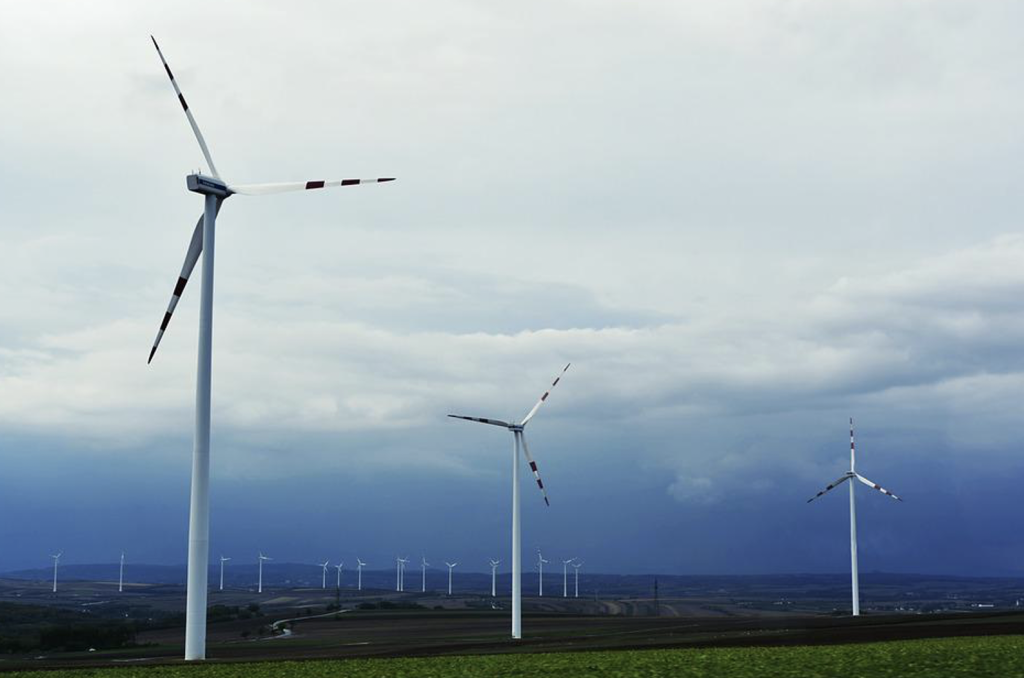Renewable energy is a term used to describe the safe operation of power stations that generate electricity in renewable ways, such as solar, wind, hydropower, or geothermal. Many workers have already been hired to work for inexhaustible and clean resources that are excellent alternatives to fossil fuels. You can learn more about fossil fuels in this link here.
However, despite the benefits that the industry has to offer, there are still safety concerns that should be taken into consideration. Here are some pieces of information to know about:
What is Renewable Energy?
This remains a hot commodity that helps people have lower utility bills every month while using eco-friendly alternatives. Things like windmills and solar panels are an important part of the future, not just because they are good for the environment but also because they are cost-effective. This is becoming popular for household owners because it reduces the carbon footprint generally emitted by fossil fuels.
It’s also a solution when tackling global warming, and many supporters in the industry are making these energy resources available for everyone. Some have been given a chance to get a lucrative income and job opportunities because of them.
Workers’ Safety Is Important
However, workers’ safety should come first regardless of their work when it comes to installing and maintaining solar, wind, or hydrothermal energy. Overall, this is safer than the ones involved in fossil fuels and coal mining, but improvements should still be in place to prevent deaths and accidents in the next decades or so.
Statistics Involving Renewable Sources
According to the research done by Duke University, the analysis says that the renewable energy sector could prevent over 1,300 deaths in workers compared to those who are in the industry for fossil fuels. The statistics may vary, and people may wonder if switching jobs from fossil fuels to renewable energy sources is safer.
A study made by Statista about the mortality rate in the energy industry showed and measured deaths per thousand terawatts. They also included extraction methods and fatalities related to using that particular energy.
They discovered that the coal sector had the highest mortality, 100,000 per terawatt hour, in 2018. The next on the list is oil, at over 30,000, and natural gas comes at 4,000. Hydropower is one of the most dangerous renewable sources, with 1,400 deaths, rooftop solar panels had 440 and 150 in the wind sector. Some factors like improper installation of wind turbines can increase these numbers.
Weak Spots Revealed in Frequent Checks
Frequent assessments are very helpful when it comes to the assessment of occupational threats in the industry. With the help of a company dedicated to renewable energy safety, this should be the best time to check the policies in place and become concerned with the workers’ welfare. Working with the best consultants that specialize in risks, health, and safety matters is the answer that you should be looking for.
These professionals will generally perform in-depth audits that will boost everyone’s safety in the company. After it becomes clear that there should be improvements that should be implemented, this is where the company should decide what to do next. It’s always best to be committed to one’s approach to reducing the risks in the company, but they can’t get rid of them.
Specialized Meeting and Training
In the past, many groups have already expressed their concerns about the wind energy sector, and their goal was to increase workplace safety. Most of them have collaborated with other experts in the industry to create a standardized safety module that includes these four factors: first aid, fire awareness, handling, and working at a higher elevation. Get more info about first aid procedures in this url: https://www.verywellhealth.com/basic-first-aid-procedures-1298578.
Nowadays, there’s even a stronger push for these safety standardizations, especially for those who are working in the power and wind sectors. There should be weekly meetings and specialized training that are consistent throughout the workforce. This training will give the employees peace of mind that they know what to do during emergencies in the workplace.
Some studies were presented in 2017 that confirmed that the modules are effective. Companies that conduct regular training often keep many of their people safe in various projects. The researchers discovered that when the employees were given educational and adequate materials, this largely contributed to their behavioral changes at the site. This makes the injuries least likely to happen.
When it comes to the designs of the wind turbines, it’s also noted that the stop buttons for emergencies are located in higher or hard-to-reach areas. This may be outside of the employer’s control, but it gives people an idea that this is the case and that they should be ready and equipped to stop the turbines during emergencies.
Technological solutions are now also provided by many companies. Applications often give the real-time location of solar panel installation, so if things go wrong, someone will go to the site to provide immediate help.

